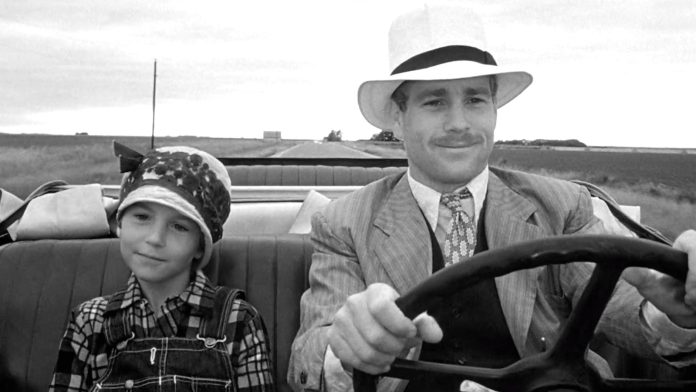Platt, who was married to Bogdanovich up until The Last Picture Show, was the production designer and costume designer for Paper Moon. It was she who first recommended both the novel Addie Pray (the source material for Paper Moon) and O’Neal for the role of Addie. In the mind’s eye, in that station wagon, she and Bogdanovich themselves made a character like Addie and Moze in their car in Paper Moon.
Coppola had won the sedan in a bet with Paramount Pictures – the studio that nearly fired him – when The Godfather broke the $50 million box office mark. As the book recounts, he squirted champagne and they drove down the Sunset Strip singing “Hooray for Hollywood,” the same song her contemporary Robert Altman used to end “The Long Goodbye.”
The sedan and station wagon pulled up together at a stop light, and Friedkin stuck his head out of the sedan’s sunroof. He began touting his Oscar success, citing a review of his film The French Connection, which beat Bogdanovich’s The Last Picture Show for Best Picture and Best Director at the 44th Academy Awards.
Bogdanovich, in turn, stuck his head out of the station wagon’s window and retaliated, citing a review of his own film and its multiple nominations, quipping, “My film is better than yours!”
When it comes to Paper Moon, he still brags about most other directors in the class of ’73. To paraphrase a song released that year by Paper Moon, “If there’s Hollywood heaven, you know they’ve got a hell of a film crew.” And maybe Bogdanovich has a director’s chair up there somewhere — or a paper crescent moon – where he smiles at us all.

